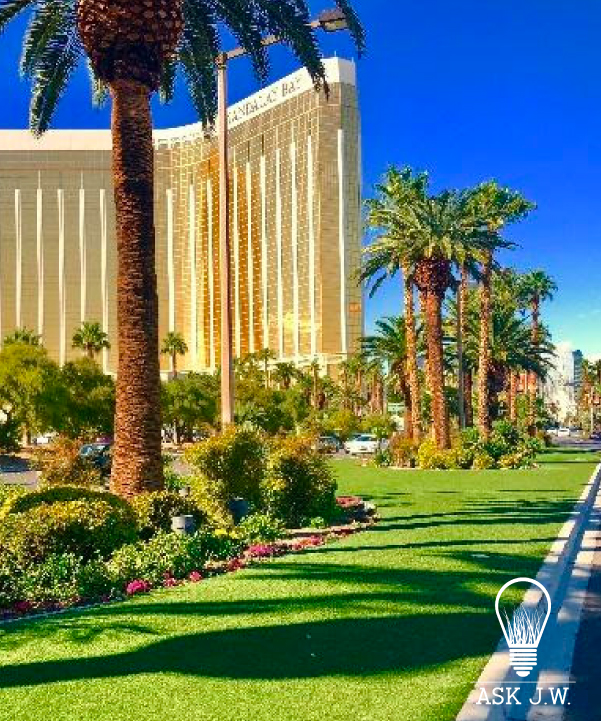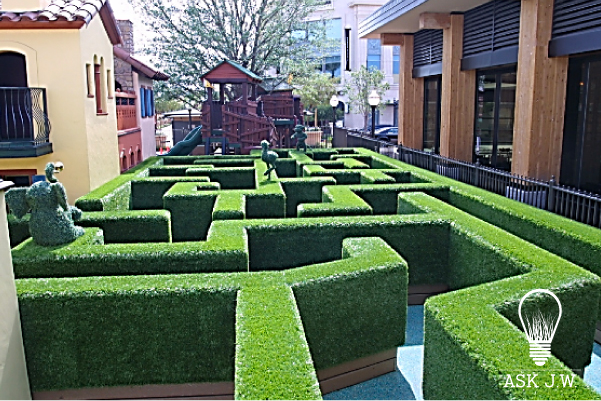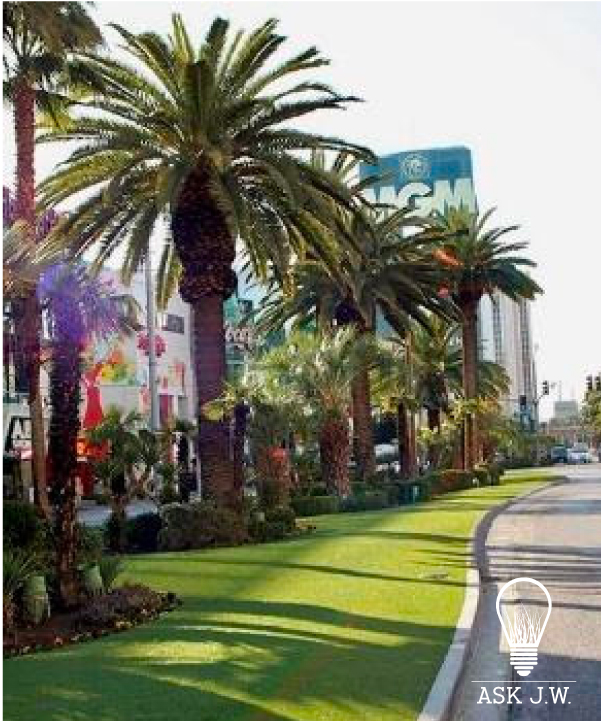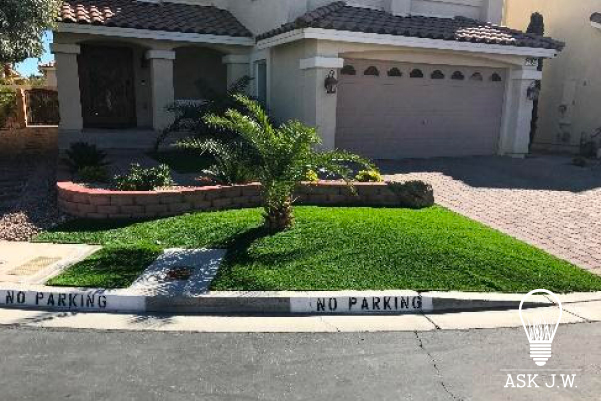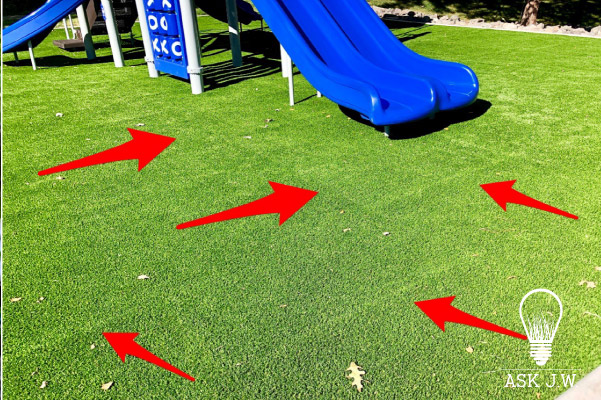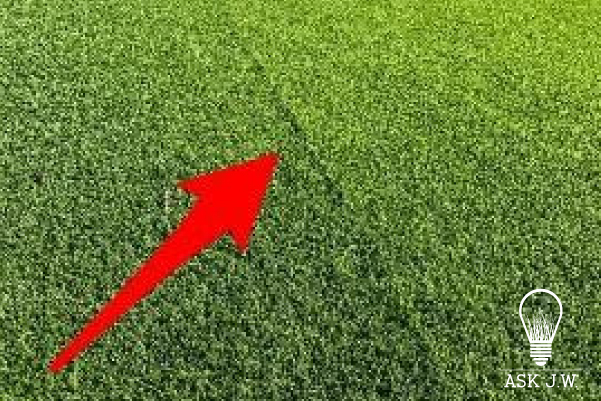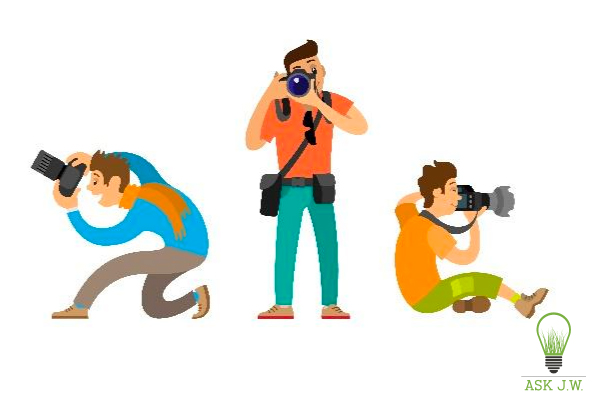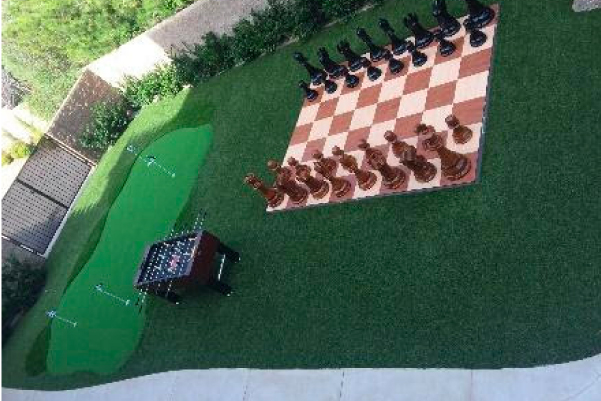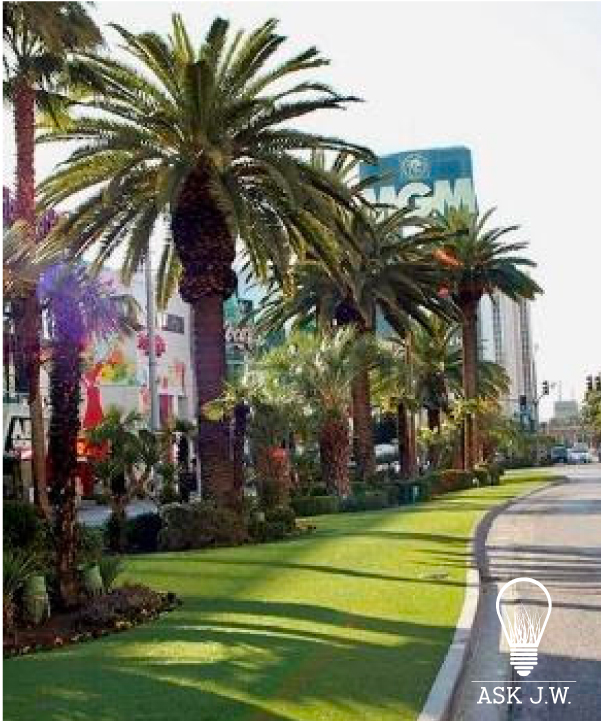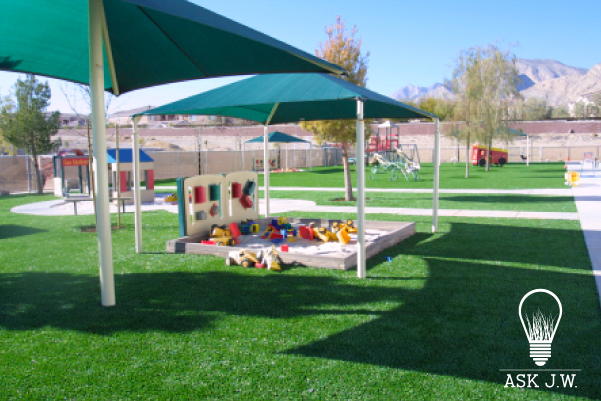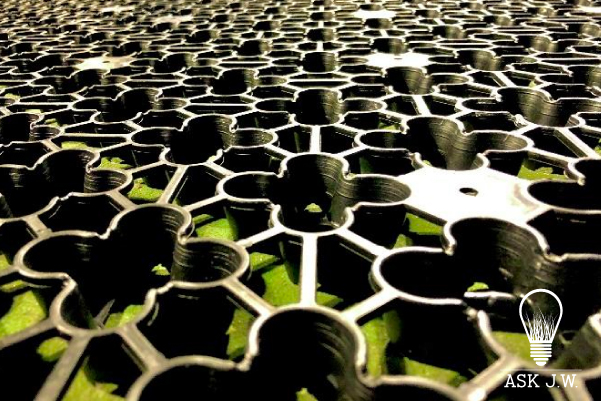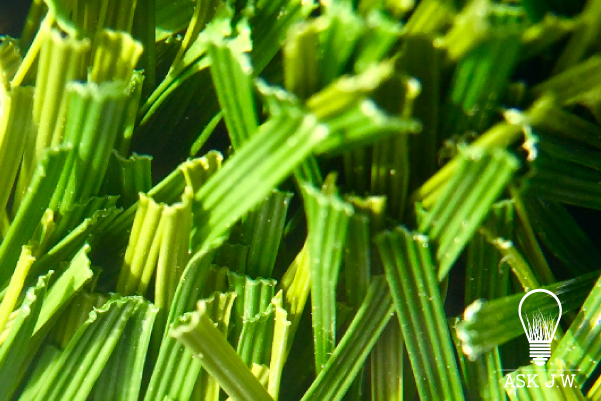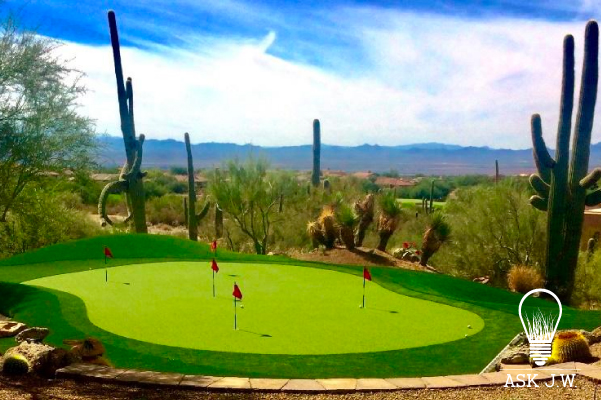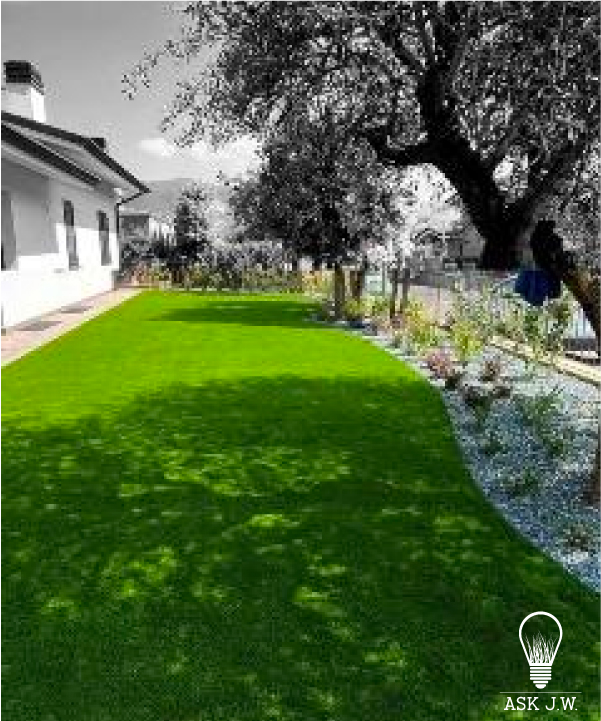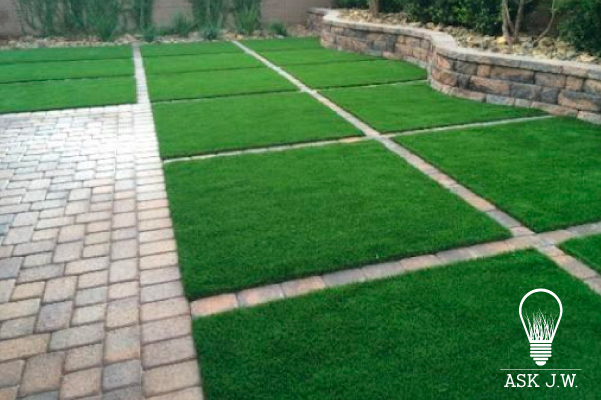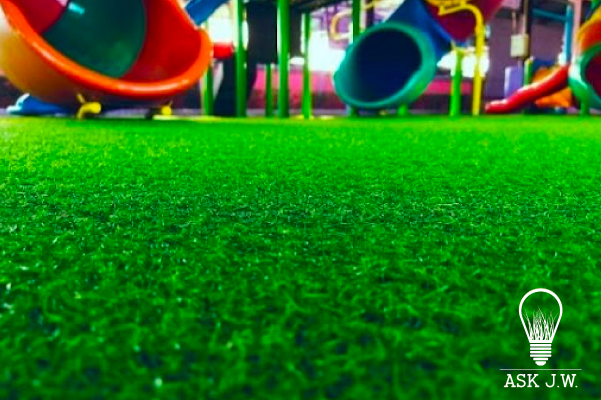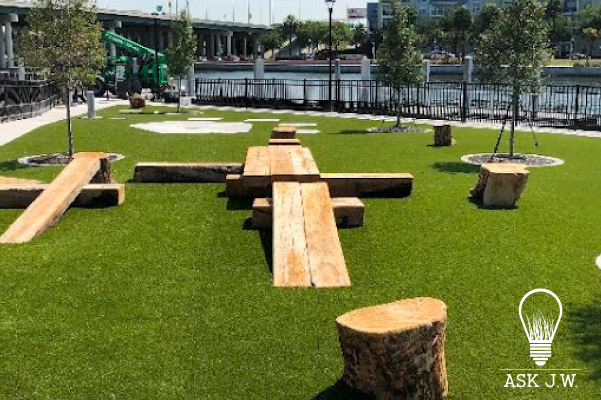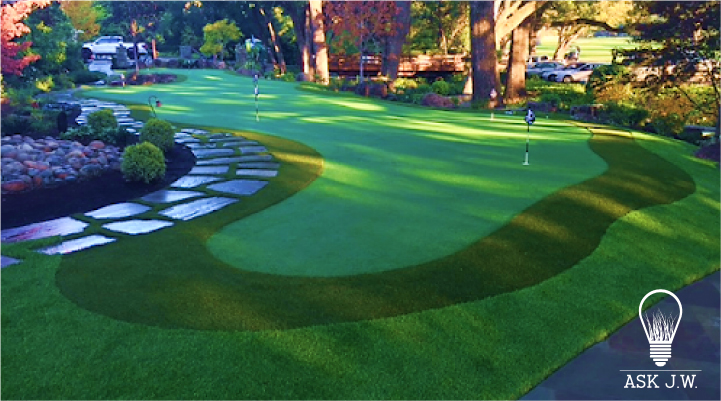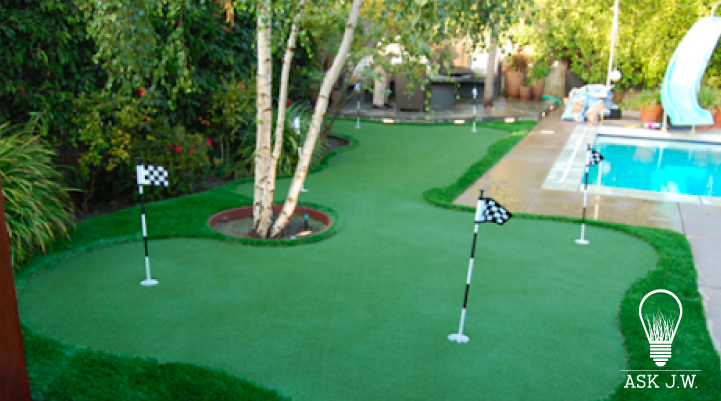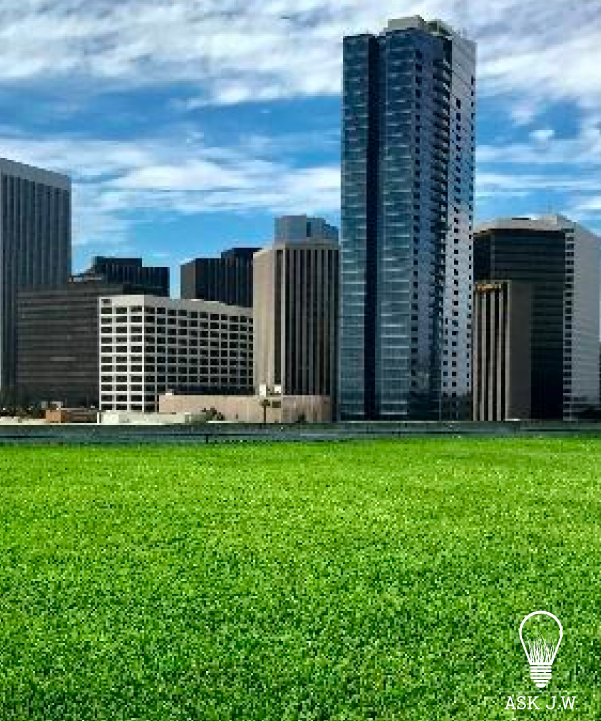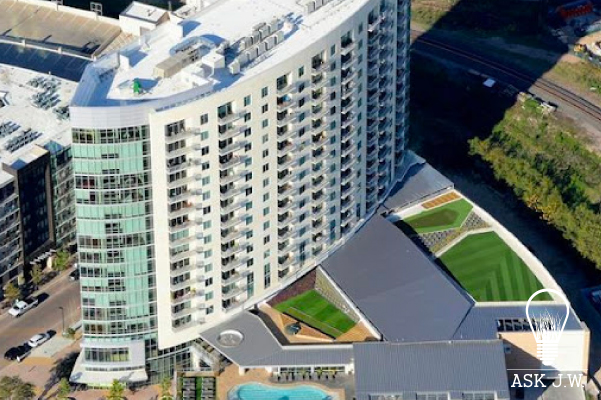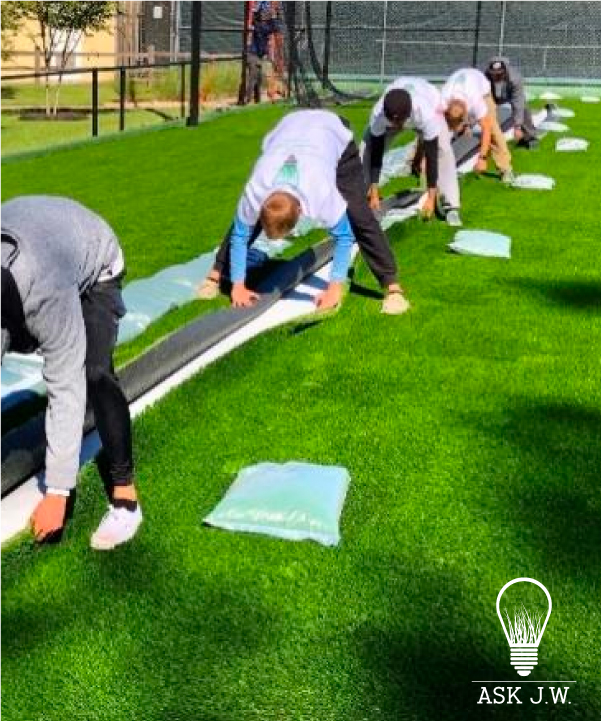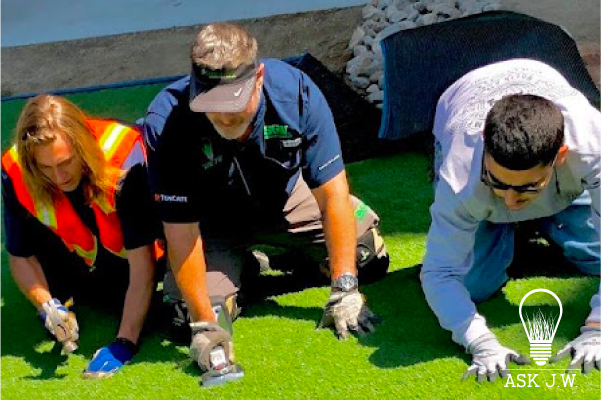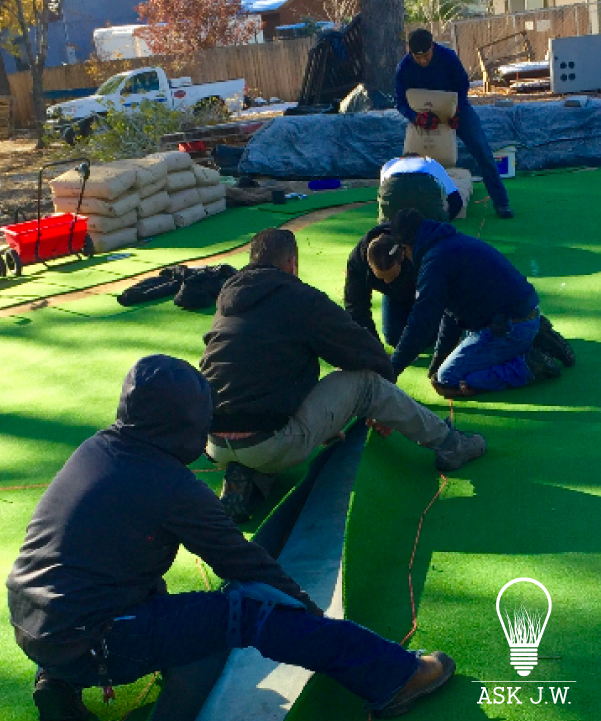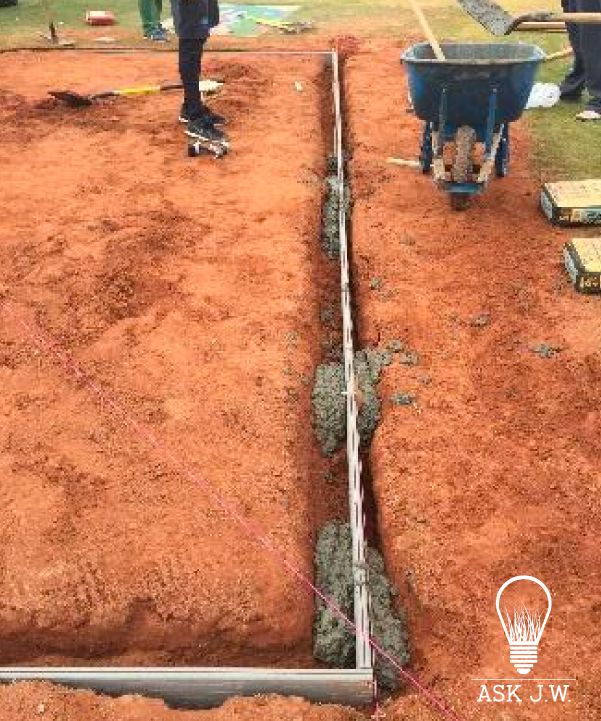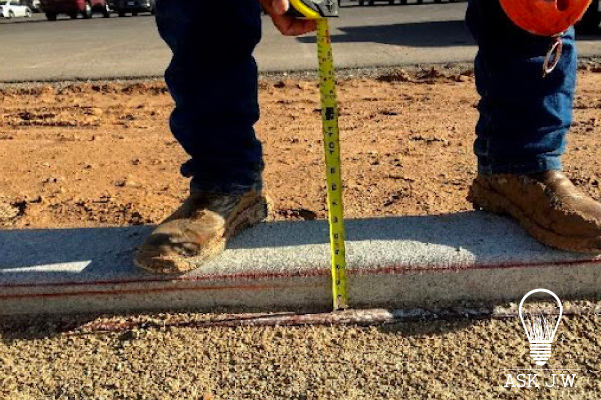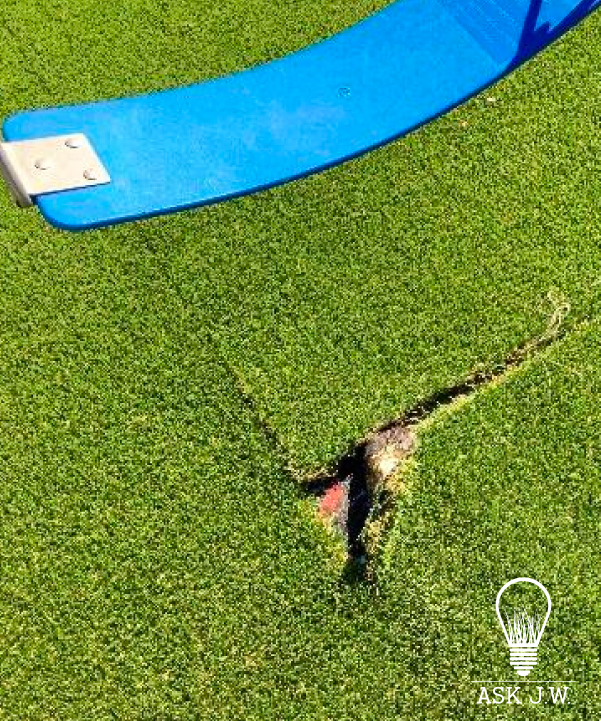In my three decades in the synthetic Industry, I have learned many things when it comes to showing off synthetic turf installations. Turf companies brag and show off their installations on various social media platforms, allowing the world to see the beauty and hard work put into their masterpiece. What they do not recognize is that their photos can teach them to become better craftsmen. This month, ASK JW will instruct how to get the best from your photos and which ones not to share.
Show it Off!
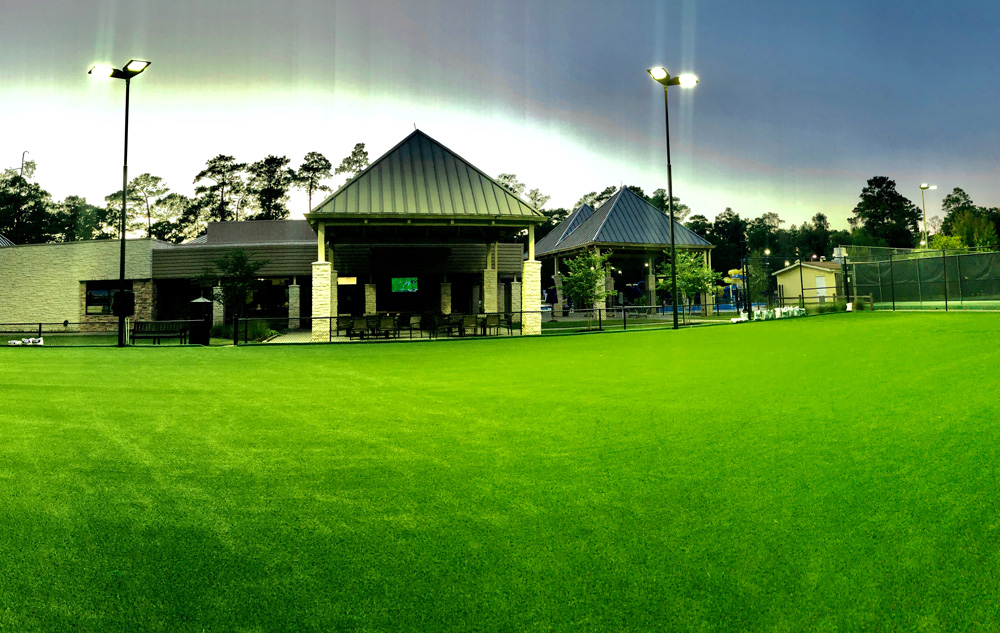
Being proud is a great feeling. Standing back and witnessing the beauty of your hard work is something to be desired. Taking photos of your work captures those moments. Photos of your installation create satisfaction, memories, and progress in your synthetic turf career. Taking photos of your projects may also teach you many things about your installations, good and bad.
Workmanship
I witness turf installers showing off images, feeling proud without looking at the installation defects in their photos. Depressions in the subbase, visible wrinkles, uneven edges, visible seams, and poorly placed shock pads will call you out after the picture is taken. Poor workmanship not only can destroy your installation but can also destroy your portfolio and make your company look bad. Be aware before and after you take the photo to ensure you are not setting yourself up for failure due to a photo of the poor workmanship that is present.
If you personally want to take photos of your work and not hire an experienced photographer, then I recommend understanding camera angles. Camera angles are important in assisting the viewer in feeling that they are part of the photo. I am not asking you to go out and get photography lessons, but you may need to learn how to take better shots if you want to stay ahead of the social media game.
There are six common types of camera angles that are known in the photography industry. It would be advantageous if you researched and learned how to utilize them in your photoshoot. Even though you may not use all these angles, they may help you create beautiful photos:
- Close up
- Extreme close up
- Wide angle shot
- Medium shot
- Point of view shot
Just know that your photo is telling the story of your installation.
Shadows
Let’s face it; there is no getting around the sun and its ability to cast shadows. There may be times that shadows will upstage your installation photos. If possible, I recommend finding the time of day when the sun is shining on your project without shadows. There may be times that the sun will cause too much glare from the turf, and it may be better to take the photo early in the morning, later in the afternoon, or early evening. If you cannot escape the shadows, ensure there is enough lighting to capture the rest of the areas.
Close-Ups
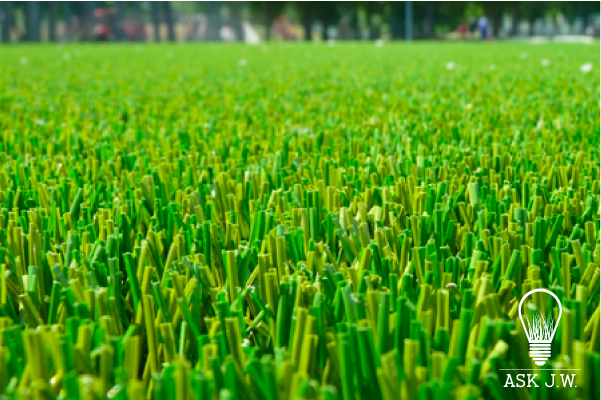
Close-ups are great and bring life to photos! Close-up images can be great for legal and educational purposes. If you want to shoot close-ups, I recommend using a good camera with macro settings. Most phones have macro settings, which allow you to take close-ups of tiny things in great detail.
Wide Angles

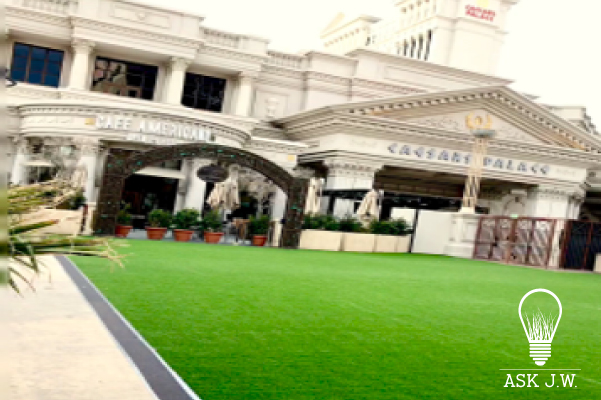
Wide angles are very important when taking photos of large synthetic turf installations. If you cut most of the installation off in your image, it will not only make your installation look less attractive, but the viewer will also miss out on all the installation has to offer. If you do not own a wide-angle lens or cannot get on a rooftop to take the photo, you may end up with your large installation not making the entire photo shoot.

Due to not having a wide-angle lens or a way to take the photo further back, the photo on the left is cut off and does not show the entire soccer field. I recommend making sure you can get the entire artificial turf installation in the shot.
Filters
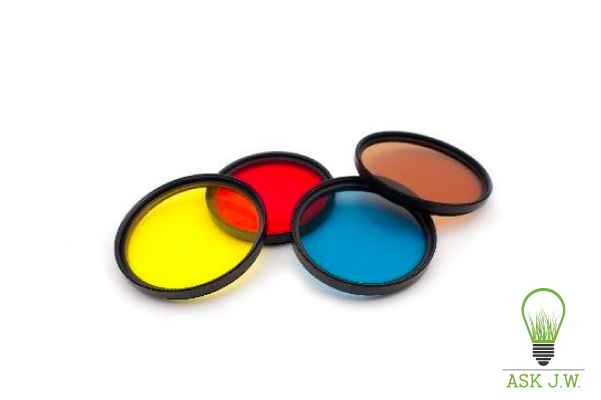
Filters are great for shooting images of synthetic turf installations. Filters enhance colors and can reduce UV light coming from the photo you take. Most smartphones on the market today have amazing filter capabilities. Filters can be added before and after to create all types of incredible images.
Landscape-Playground-Pet
Landscape, playgrounds, and pet areas are very popular around the country. Exploring all types of photo shots of these installations can be fun, especially the ground-level ones.
Putting Greens
Putting greens are not only fun to install but fun to take photos of. Colors, shapes, and sizes bring out its beauty. You would be amazed at how beautiful your project can be if you shoot photos with filters, at the right time of day, at the correct angle, and with good lighting. On a bad note – the image to the upper right shows how crooked flags can make your installation look not so good. Make sure your putting green cups/flags/sticks are plumb.
Rooftop Shots
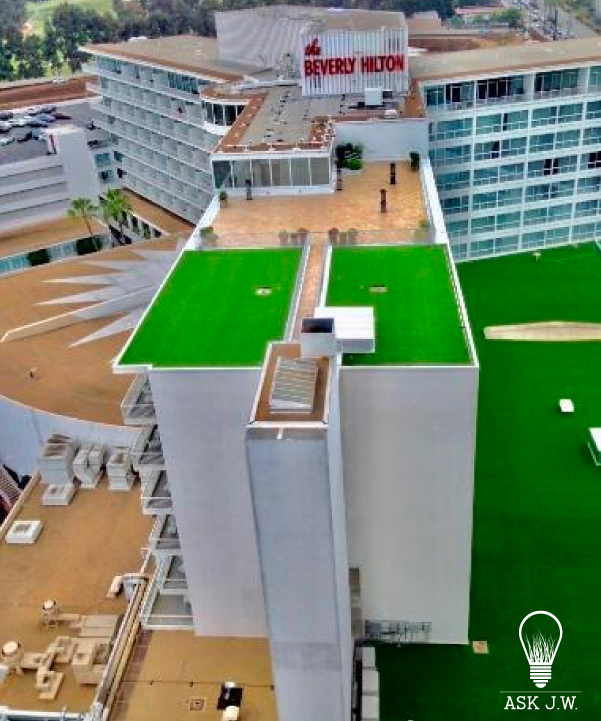
To successfully shoot photos above level and/or rooftop installations, it is important to get to the highest point where the entire installation is in the shot. I recommend using a drone for all higher elevation photo shoots. Make sure safety is your #1 concern.
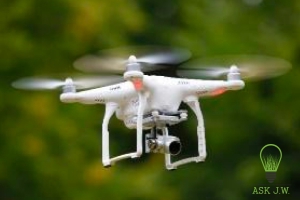
Action Photos
Action shots are wonderful for showing the client how things are done. Showing off your team and how they make things happen is appealing to the client. You can also use these types of photos for training purposes. To capture action shots, you will need to understand the basics of shutter speed, aperture, and ISO. Unless you have a professional camera, the “burst” mode will do the work for you when taking action shots with your cell phone.
Progress Pics
If you really want to impress your clients, take “before and after” photos. Showing how things come together and the final result can be astounding.
Background
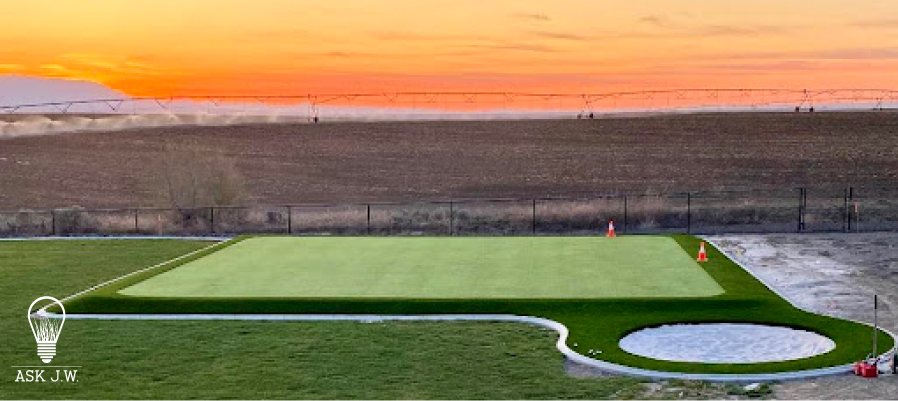
Not only was this a great installation, but a fantastic background – until I saw the construction cones, gas can, and tools! You must remove all distractions from your photoshoot unless you want to give construction cones recognition for being so safe!
Legal Proof
I recommend taking photos of anything that may be cause for action. Images of the process, protocol, and arising issues will always be needed down the road or at the time of a fix. There is always regret when these types of photos are needed but never taken.
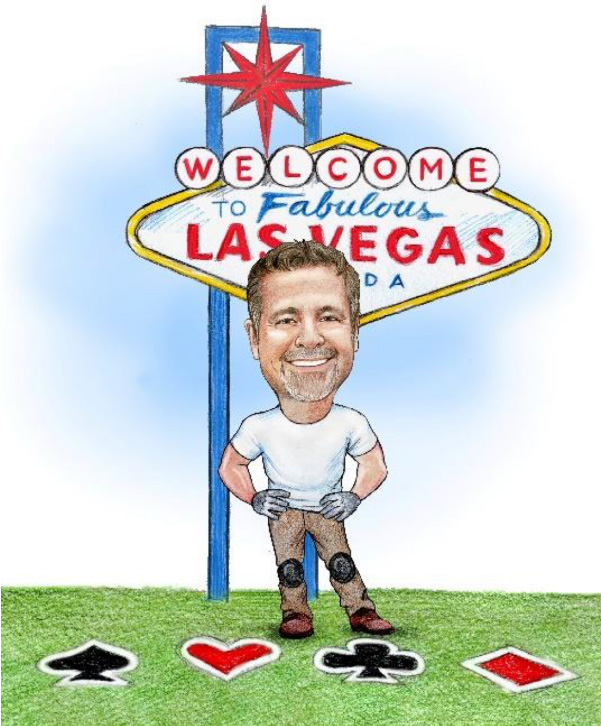
For more information regarding taking project photos or need training, please contact J.W. at askjw@sgwcorp.com or call 888.846.3598.
Suggestions for the use of Ask JW installation techniques are solely at the end users’ discretion; however, the user should determine suitability for the intended use by his/her own evaluation. Because the use of the materials is beyond our control, neither Ask JW nor SGW shall be liable for the outcome of any use of said materials including any injury, loss, or damage, direct or consequential, arising out of the use or inability to use these techniques and products.


